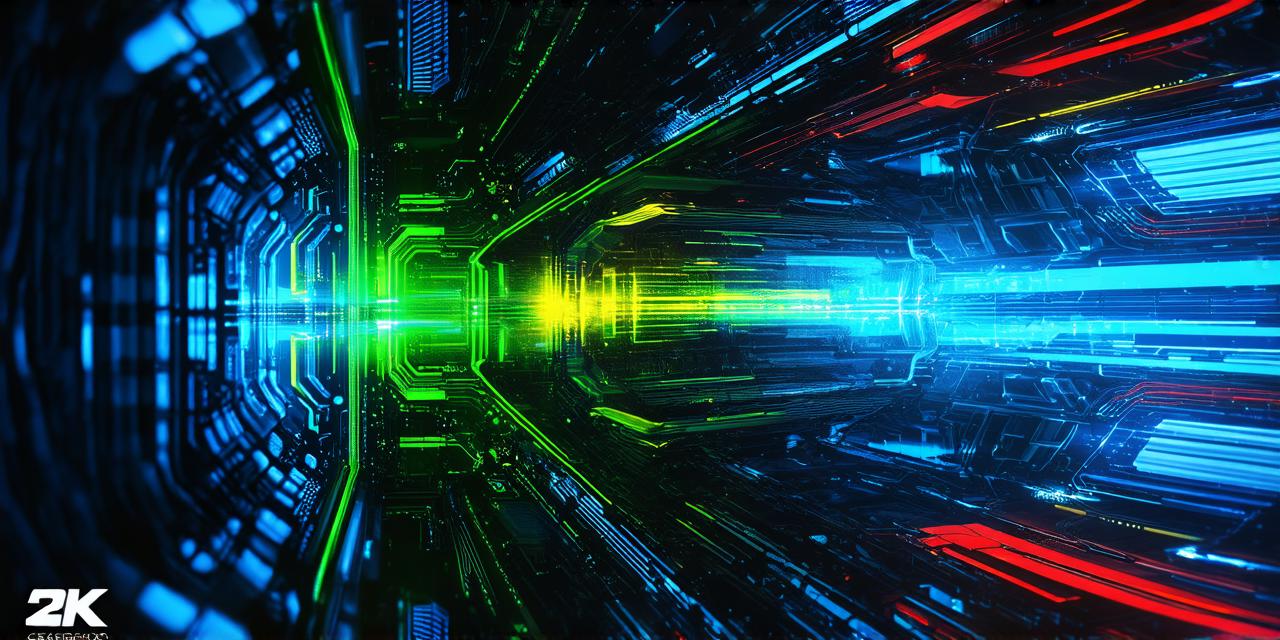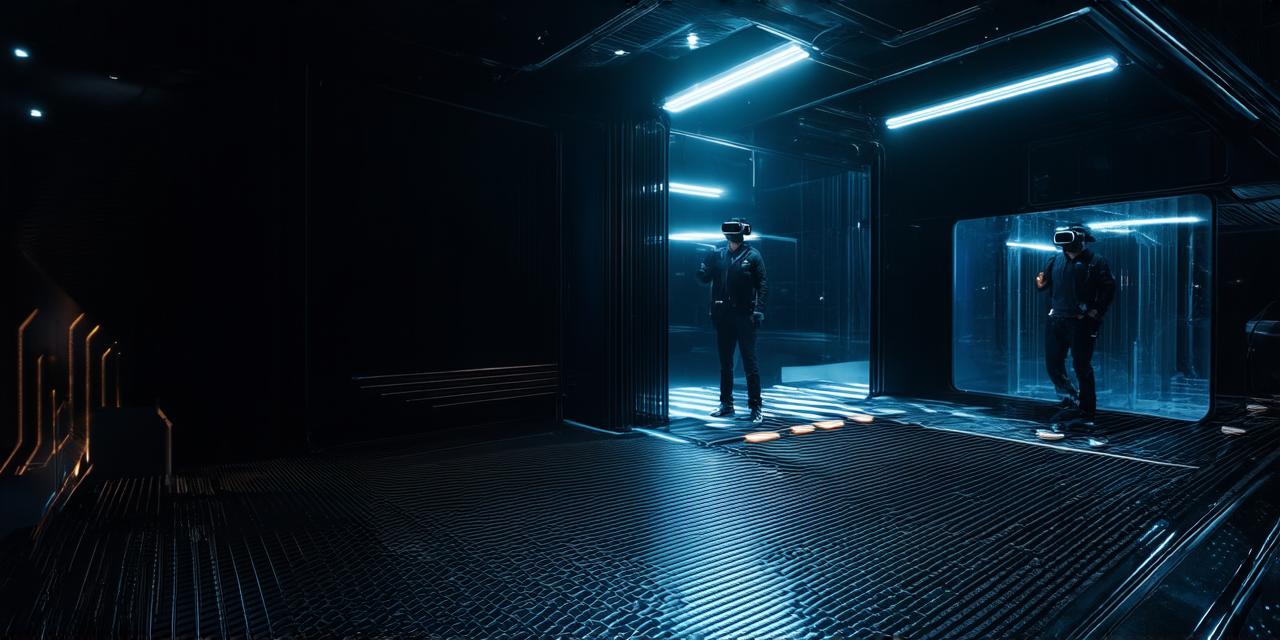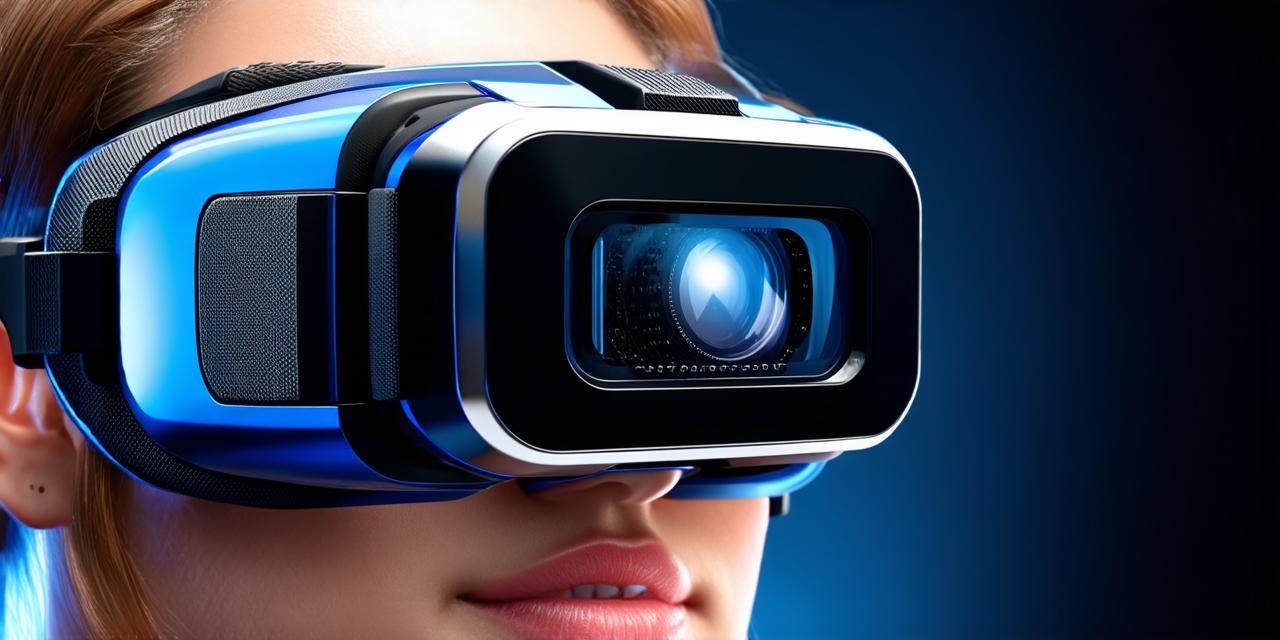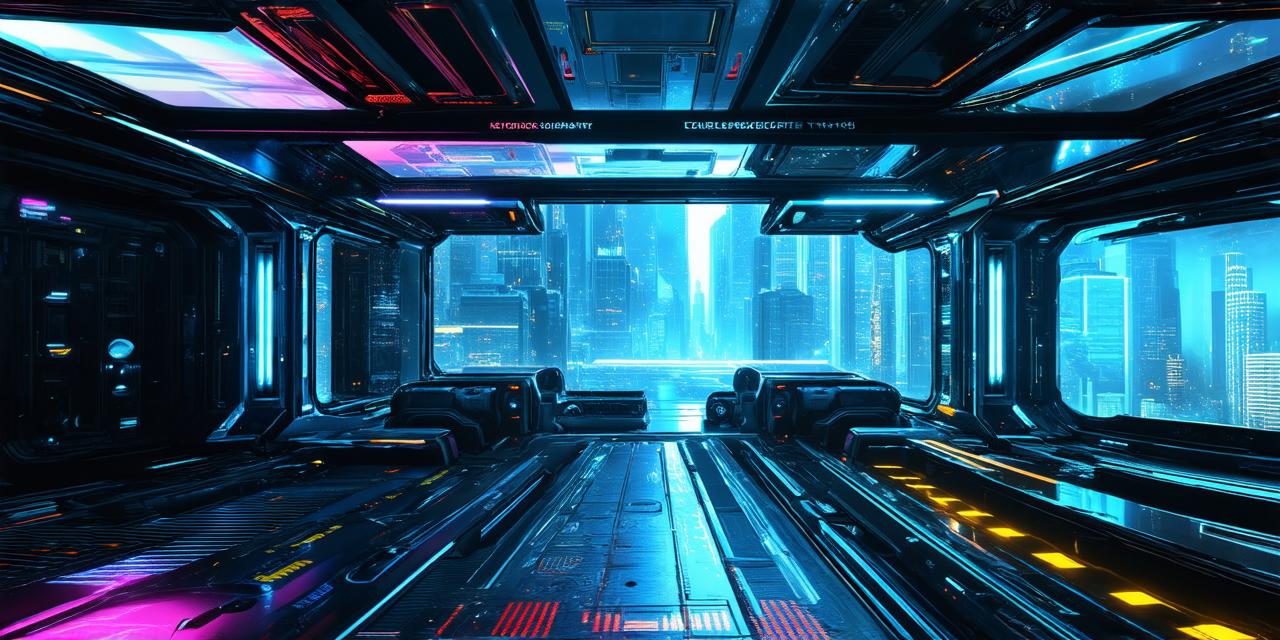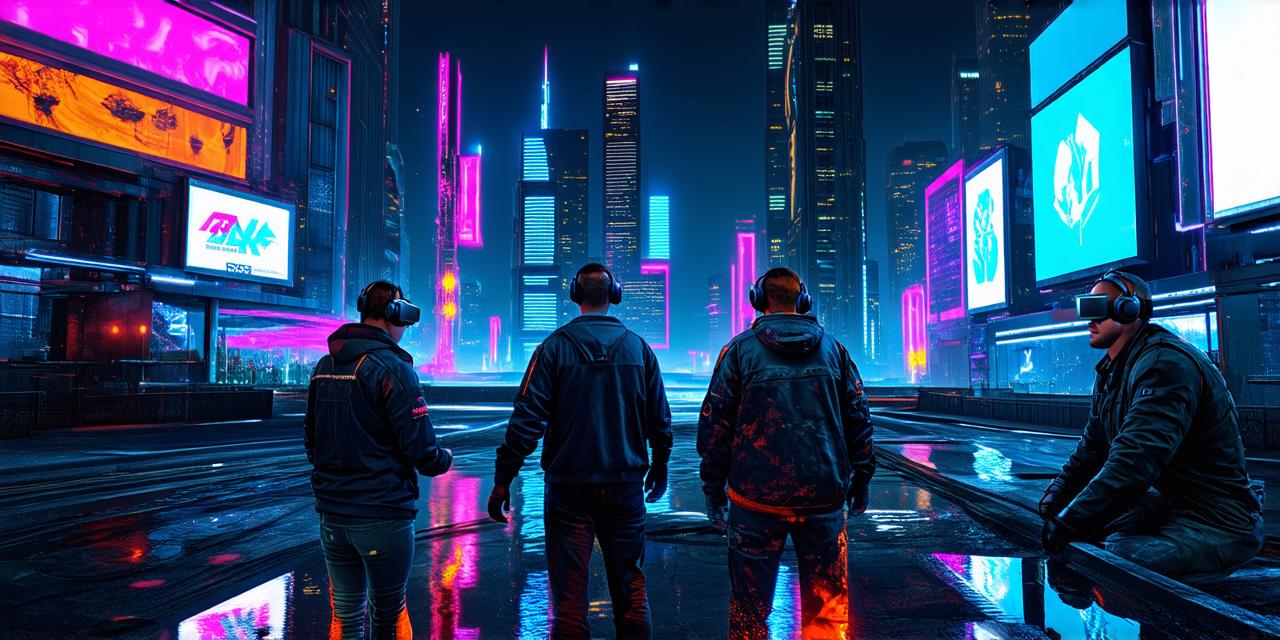Mixed reality (MR) and virtual reality (VR) are both forms of immersive technology that allow users to experience computer-generated content in a new and exciting way. However, there are several key differences between the two. In this article, we will explore what sets MR apart from VR and how these technologies are being used in the world today.
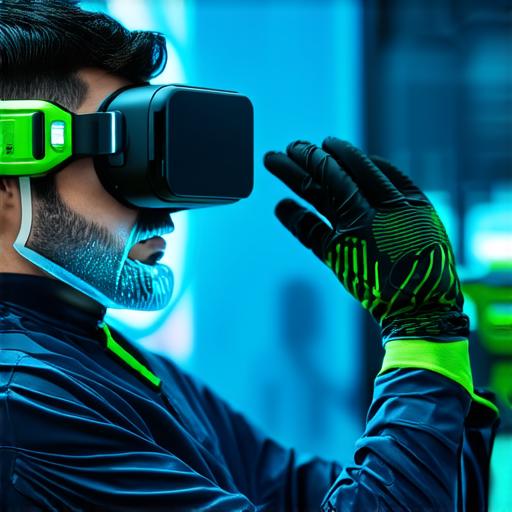
The first major difference between MR and VR is the level of interaction that users have with their environment. In VR, the user is completely immersed in a computer-generated world and has no contact with the real world. This means that there are no physical objects or people to interact with, which can limit the types of experiences that can be created.
On the other hand, MR allows users to have some level of interaction with their environment. In MR, the user sees a combination of real-world and computer-generated content, which means that they can interact with both in the same way. This makes MR more versatile and allows for a wider range of experiences to be created.
One example of this is the use of MR in education and training. In these applications, students can interact with virtual objects and environments in real-time, allowing them to learn new skills and gain practical experience without the risk of injury or damage to physical property. This type of interaction is not possible in VR.
Another key difference between MR and VR is the level of realism that is achieved. In VR, the goal is to create a completely immersive experience that feels as close to reality as possible. This requires a lot of resources and technology to be used, which can be expensive and difficult to achieve.
In MR, the level of realism is lower, but this can be an advantage in some cases. For example, in augmented reality (AR), users see virtual objects overlaid on the real world. This means that the user always has a clear sense of where they are in relation to the real world, which can be helpful in certain applications.
Overall, the key difference between MR and VR is the level of interaction and realism that is achieved. While both technologies offer exciting new ways to experience computer-generated content, MR offers more flexibility and versatility than VR. This makes it a popular choice for a wide range of applications, from education and training to entertainment and gaming.
In conclusion, mixed reality is a unique technology that combines real-world and computer-generated content in new and exciting ways. The level of interaction and realism achieved in MR differs significantly from VR, making it a popular choice for a wide range of applications. As the technology continues to evolve, we can expect to see even more exciting and innovative uses for MR in the future.
